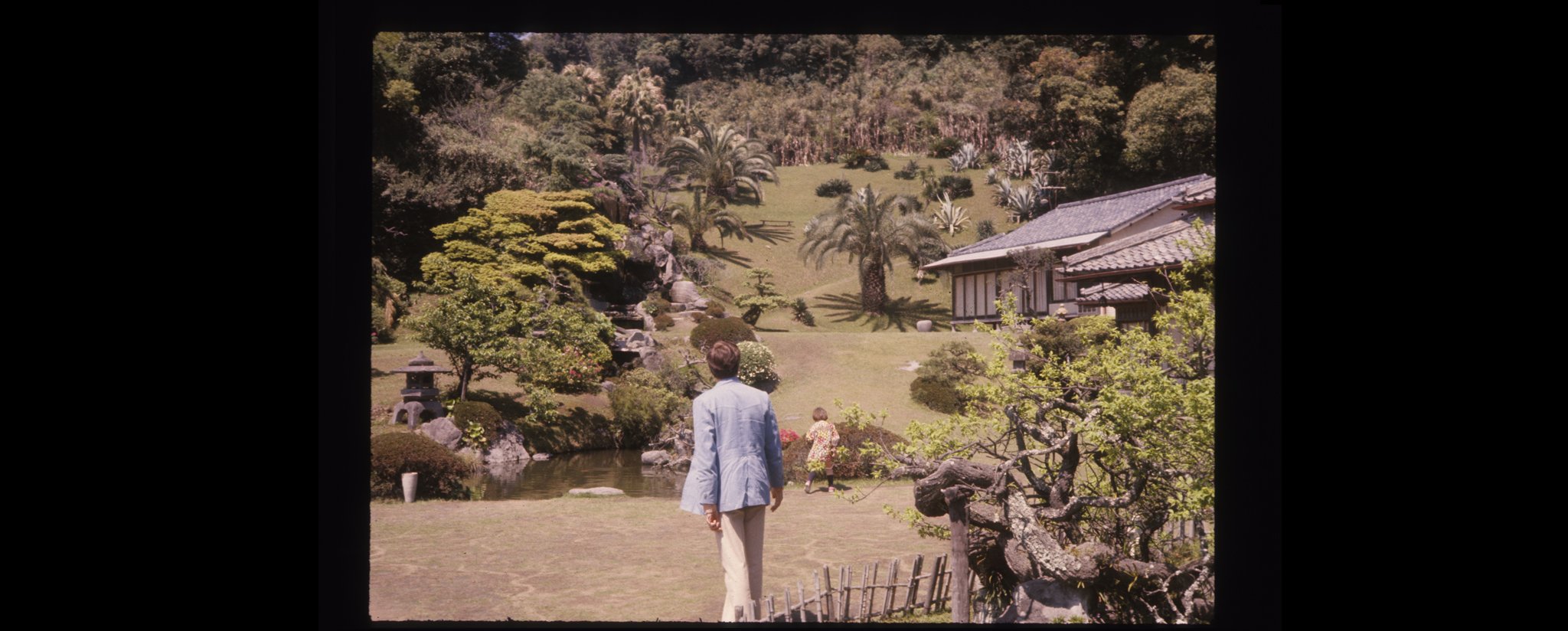
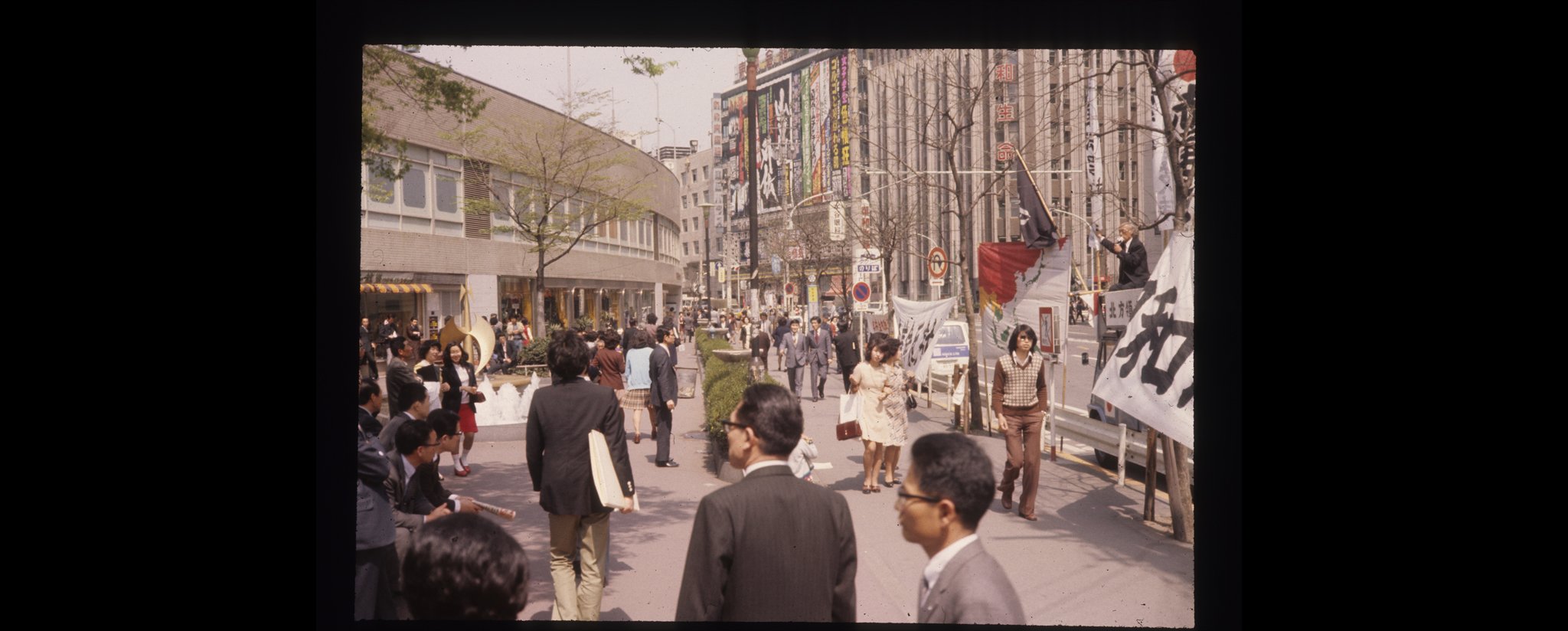
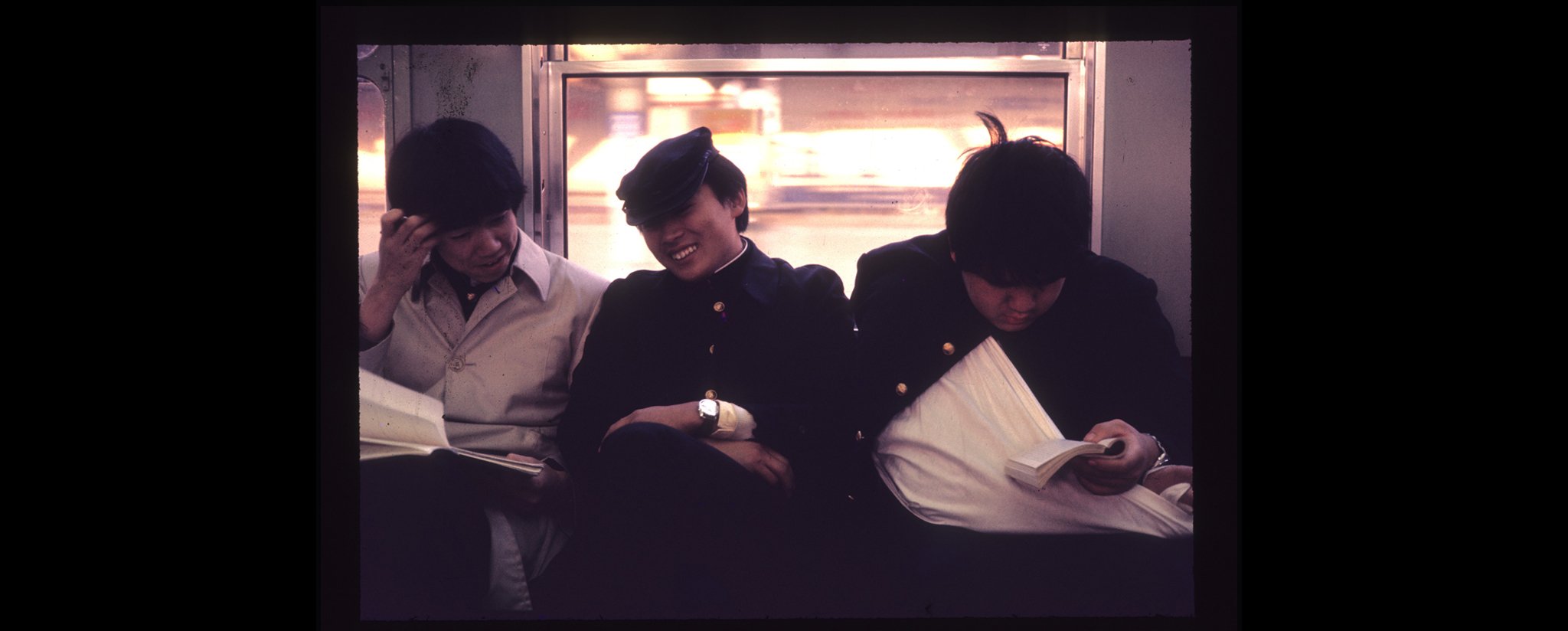
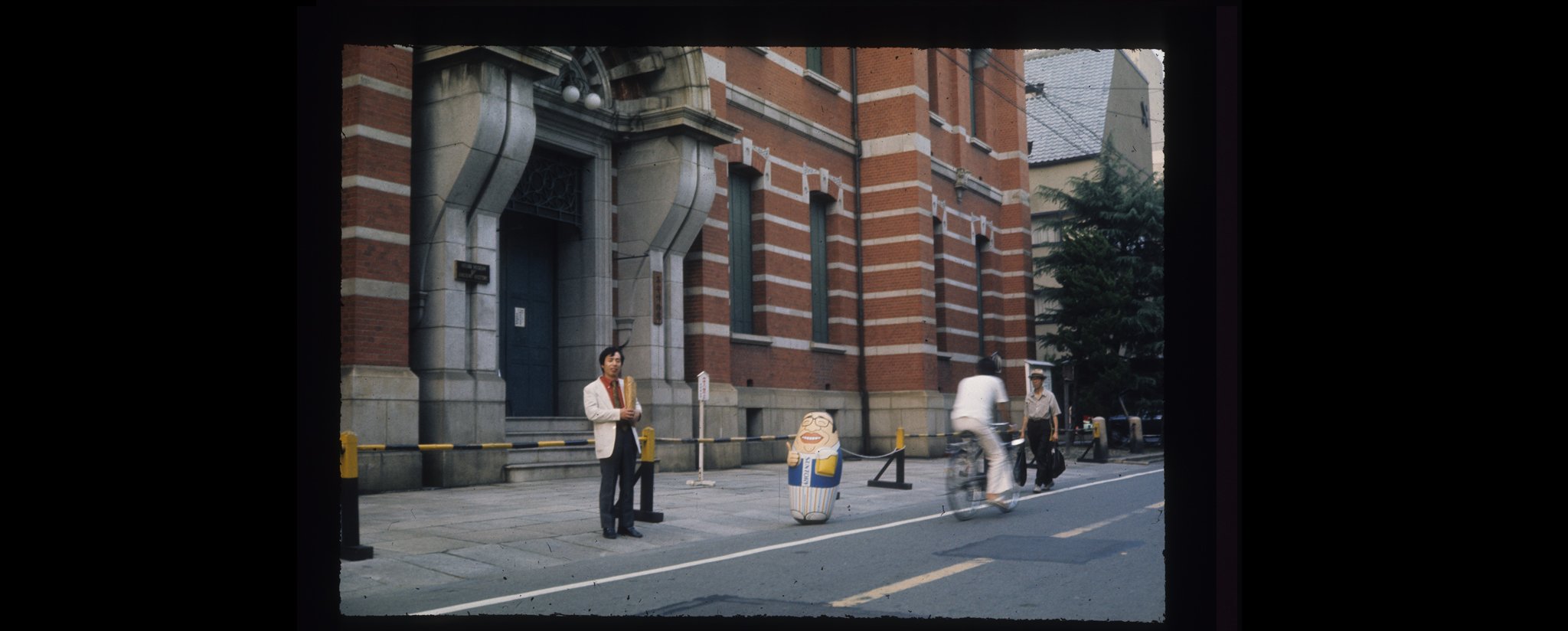
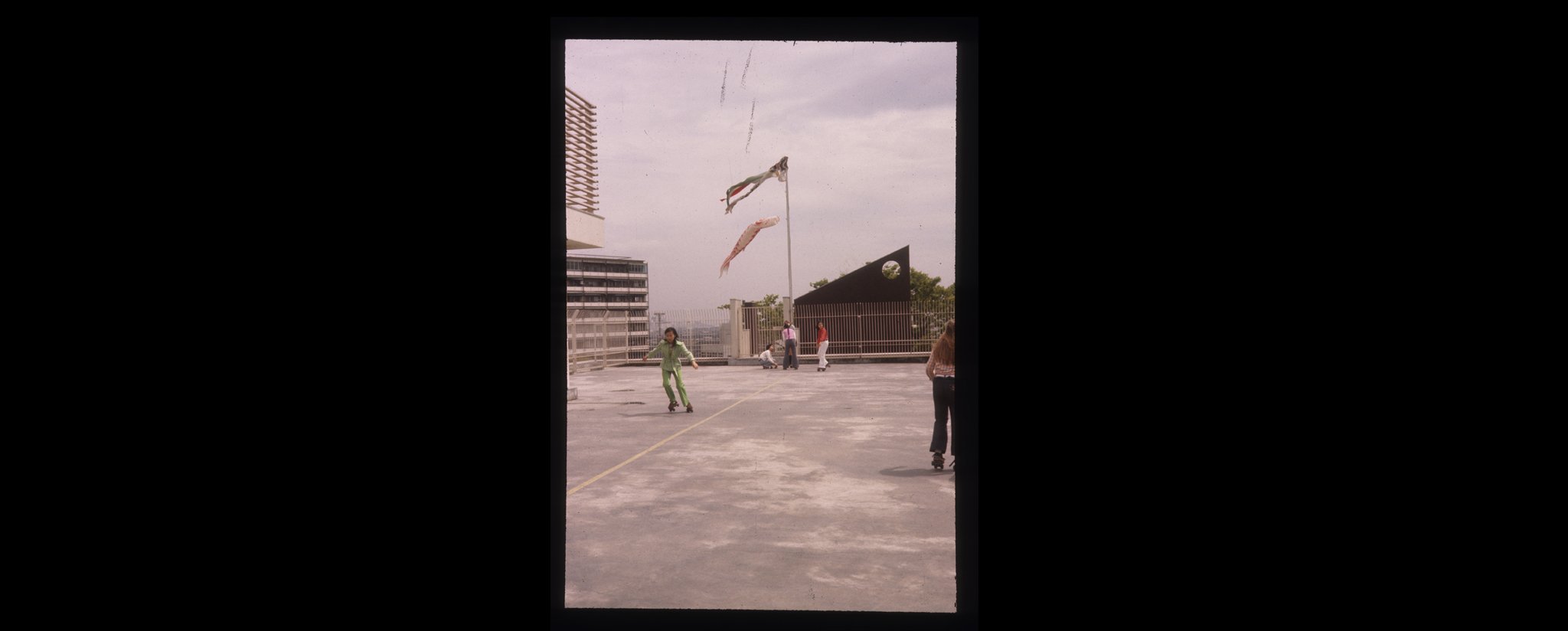
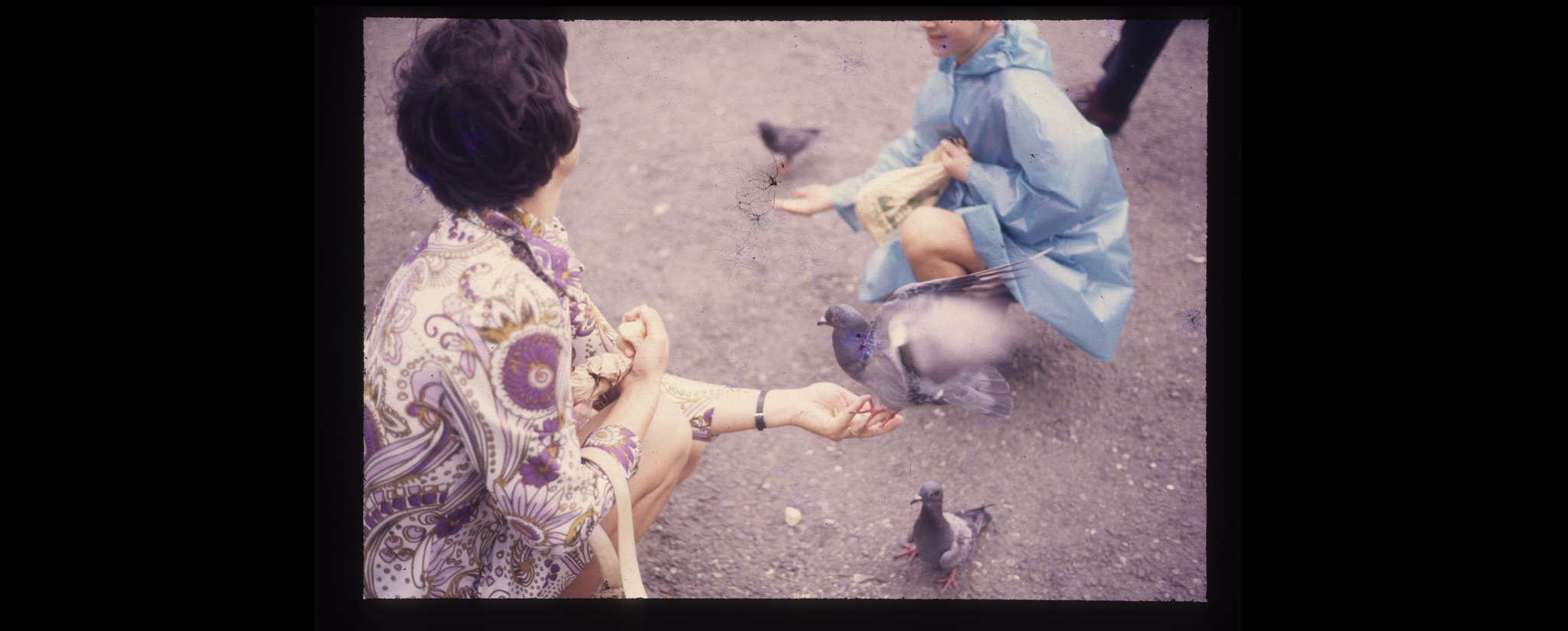
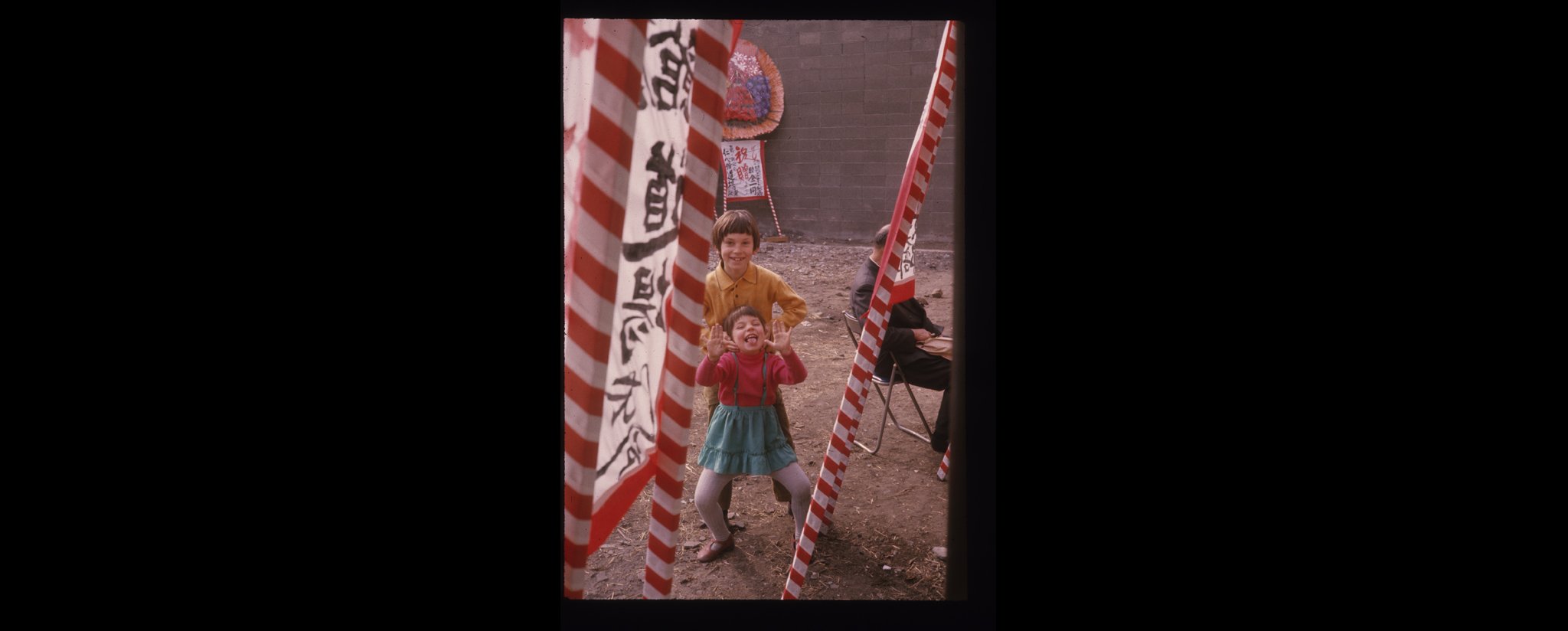
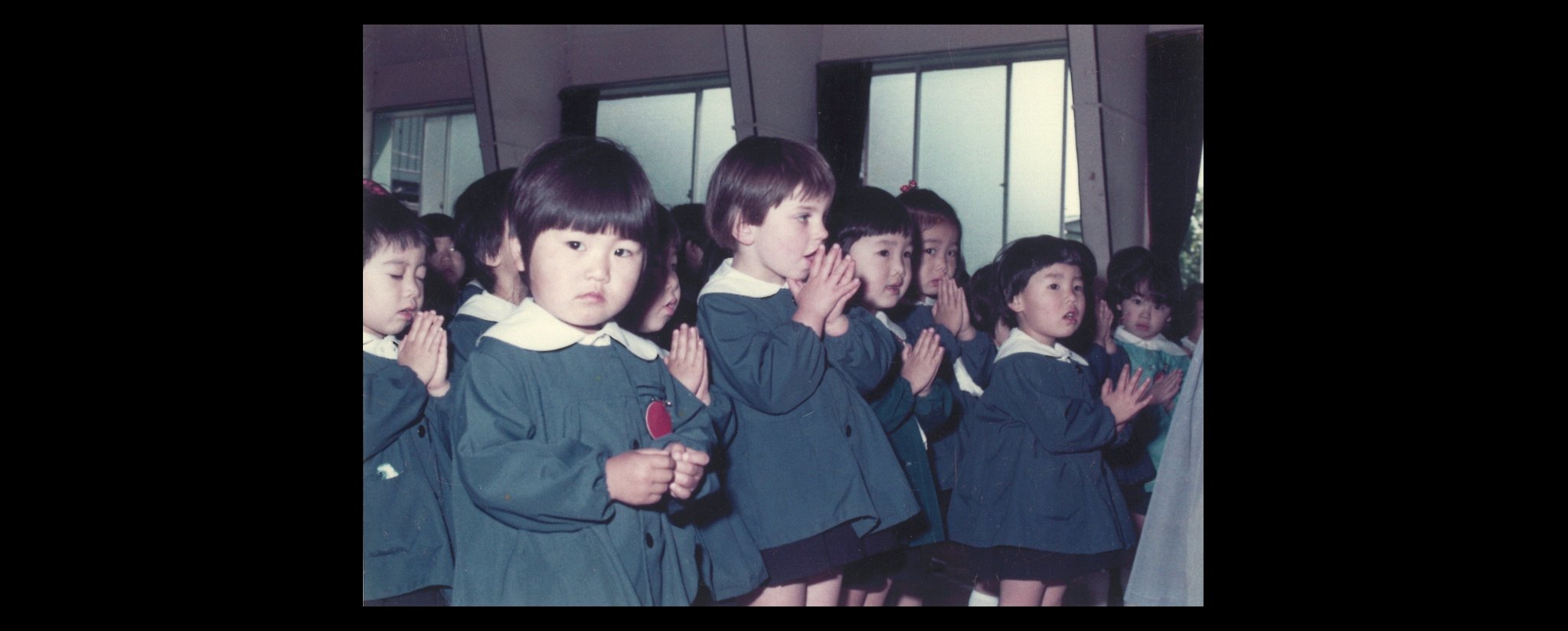
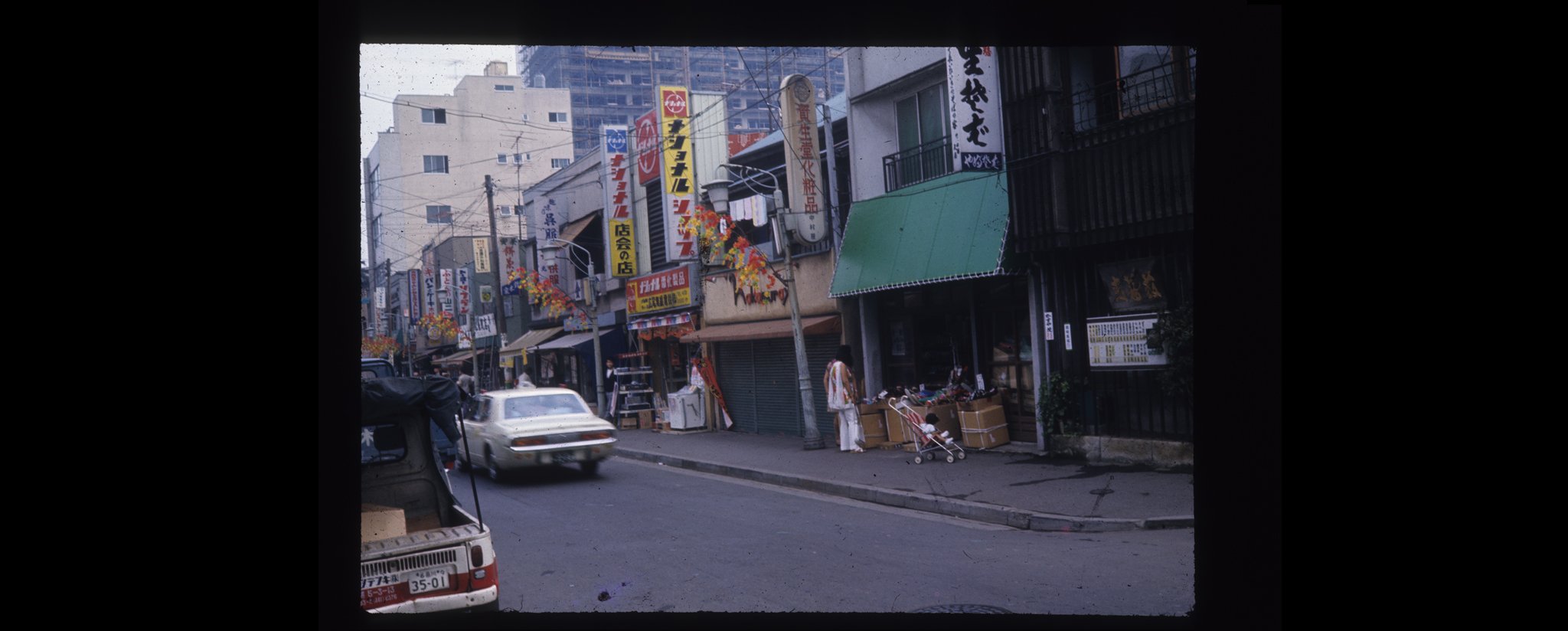
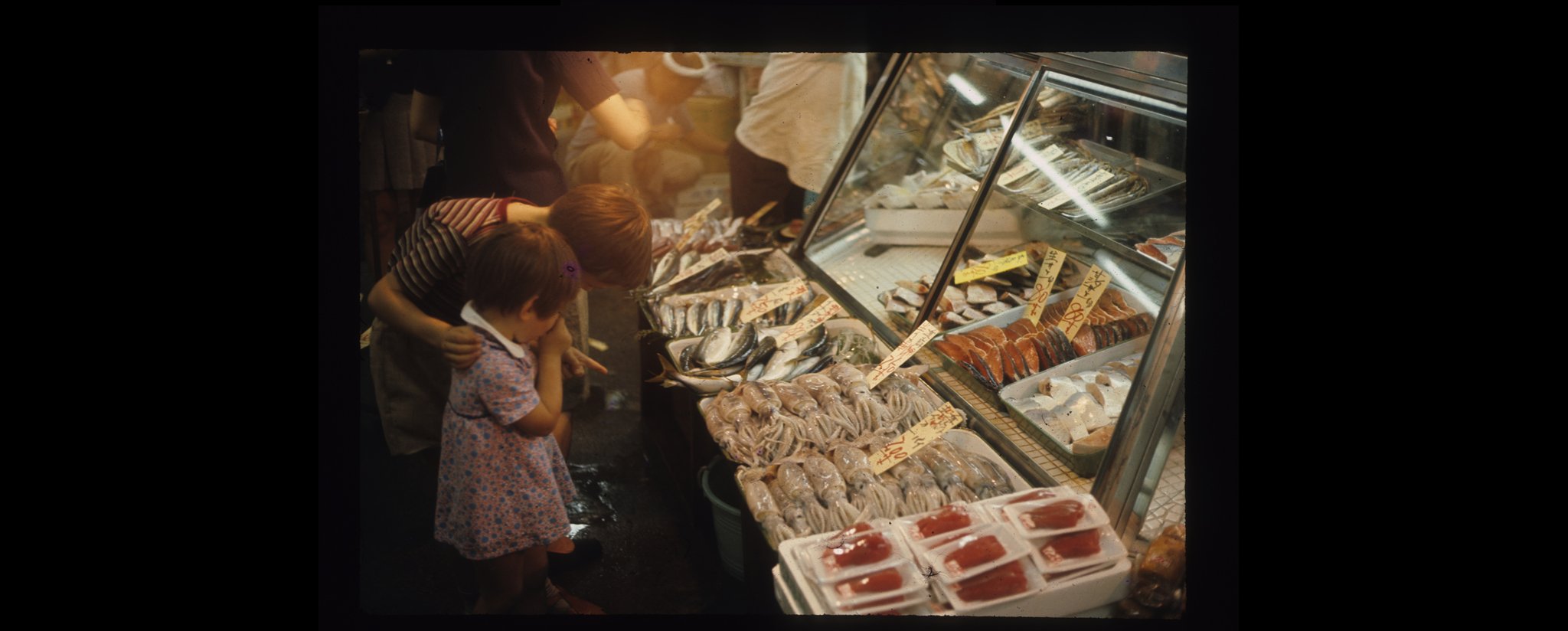
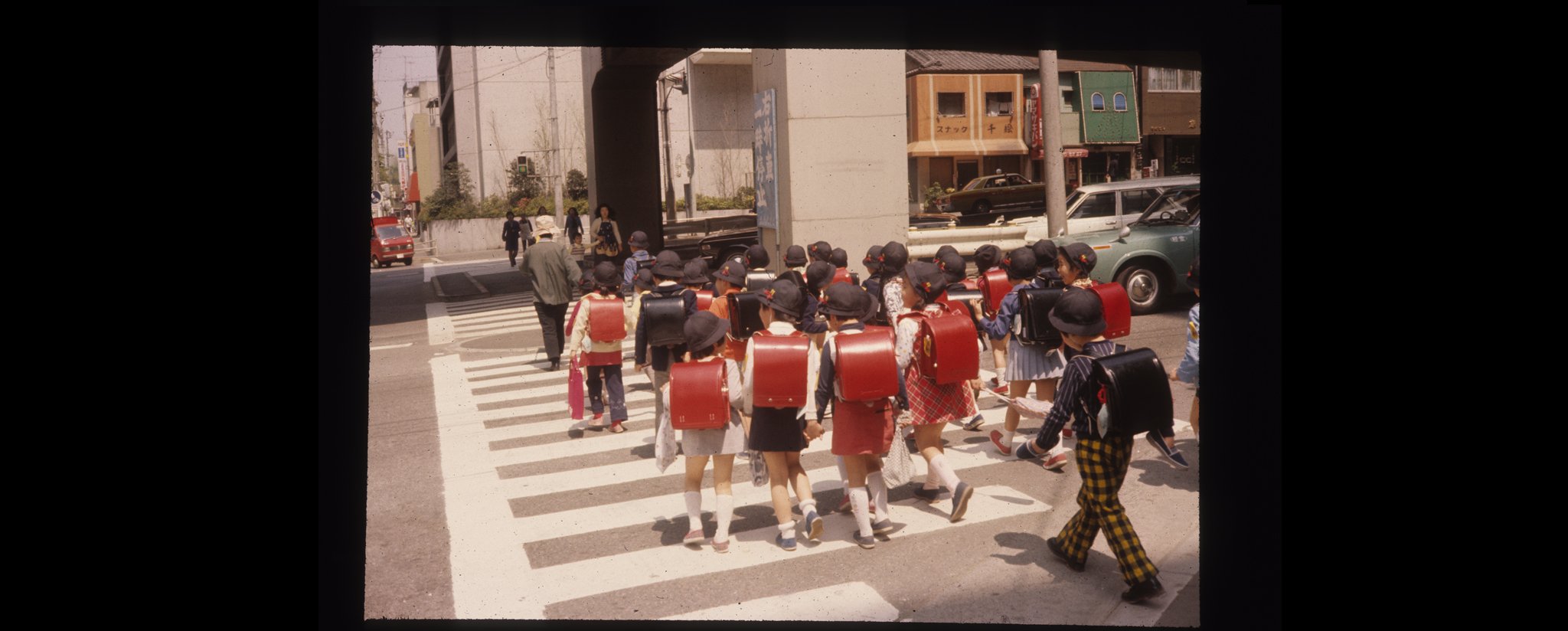



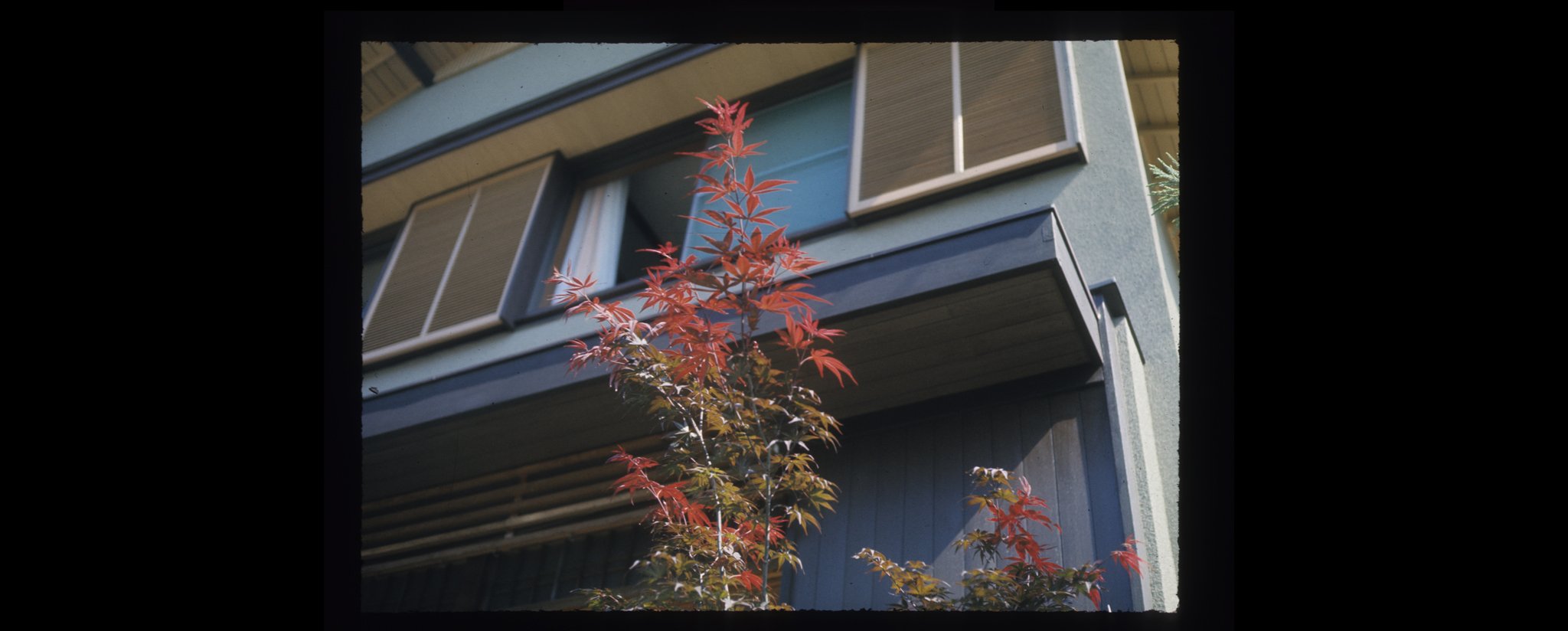
Developing Us
Photography, Family and
Feeling
Alongside my two previous photo projects, Ten Thousand Demons and The Return Gaze my essay Developing Us: Photography, Family, and Feeling serves as a personal reflection — one that moves beyond inherited narratives to connect directly with my father’s photographs and Super 8 films.
In this piece, I explore my father’s visual archive, finding traces of our relationship and the emotional conversation hidden in the images he took. The full book can be freely downloaded here. Please see Chapter 15.
The archive is more than just a record of the past; it’s a living space where meaning is constantly shaped and reshaped, helping me understand my father, our relationship, and his struggles in a more neaused way.
Accompanying this project are selections from my father’s photographs, which offer a visual counterpart to the essay. These images go beyond simple family snapshots — they reveal his perspective, his choices, and the subtle collaboration between us as subject and photographer. They are fragments of our shared story, re-examined and reframed over time.
This project also explores the idea of postmemory (a term from Marianne Hirsch), where the child of someone who has experienced trauma doesn’t inherit their memories, but the emotional traces left behind. The idea of the “return gaze” is key — my father’s gaze behind the camera meets mine, creating a dialogue across time, where subject and photographer are quietly negotiating meaning together.
Katie Barclay (Anthology Editor) , Tanya Evans (Anthology Editor) , Joanne Begiato (Anthology Editor) , Laura King (Anthology Editor) , Ashley Barnwell (Anthology Editor)
This open access book uses new methodologies from the history and sociology of emotions to analyse why people select specific tokens of family inheritance, and how this influences personal identity, cultural heritage, and national memory.
Much of our cultural heritage emerges from family histories – with many of the objects curated in museums, stories passed between generations, and monuments marking notable figures being the direct product of familial collections, donations, and investments. This edited collection uses emotion as an analytical tool to interpret such behaviours, and offers novel ways to investigate how and why family inheritances from a range of social, racial, and ethnic groups maintain their cultural power, as they move through time and from the private to the public spheres.
Drawing on a variety of case studies, and exploring items ranging from Victorian library chairs, to quilts, religious texts, and pieces of intergenerational writing – this volume considers the role of objects and inheritances in the emotional lives of individuals and families, and acknowledges them as agents in the creation of histories and identities. Combining insight from scholars of the history of emotions with that of historians and researchers situated outside the academy, this collection allows fresh insights on family history and material culture to emerge.